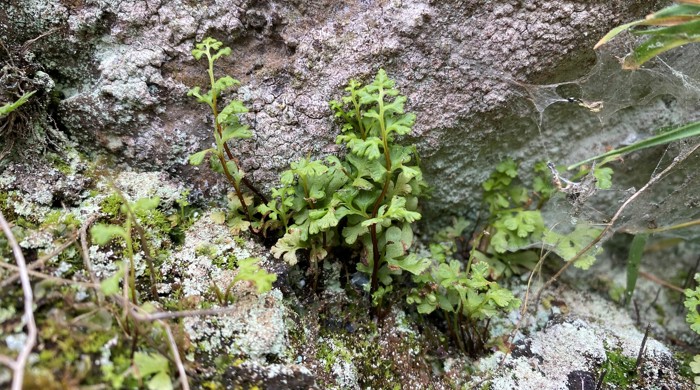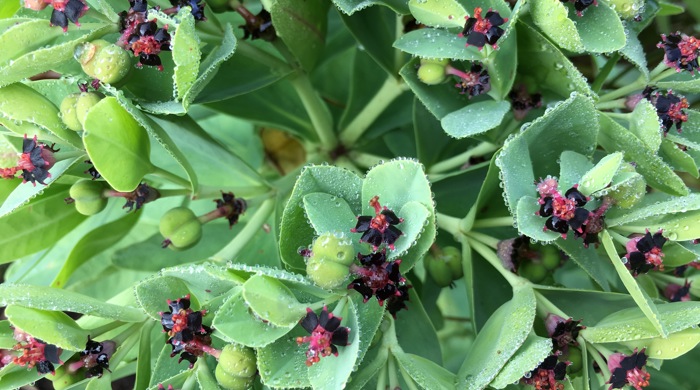Ngā tipu māori o Tāmaki Makaurau
Native plants of Auckland
Learn about our native plants, ways to identify them, the threats they face and what you can do to help.
There are almost 800 native plants in Tāmaki Makaurau / Auckland with 450 identified as threatened or at risk of loss. The plants include trees, shrubs, fern, grasses, orchids and more.
To learn more about what our plants look like and brush up on your plant identification skills check out:
- New Zealand Plant Conservation Network (NZPCN) – for great images and botanical descriptions.
- iNaturalist - an online social network to share what you find and ask the community to help you identify it.
- Auckland Botanic Gardens – filter to view the threatened native plants and the ID trail in replicate habitats. Labels on the plants will help you learn the key distinguishing features.
- Nelson Marlborough Institute of Technology (NMIT) - run a two-day plant identification workshop in Auckland.
- Auckland Botanical Society – join the society to take advantage of their regular talks and field trips.
Plants only found in Tāmaki Makaurau / Auckland
When a plant is only found in a specific area it is described as 'endemic'. A plant with a small range can be endemic to one mountain or island. A plant with a large range can be endemic to a whole country.
In Tāmaki Makaurau / Auckland, we have 11 endemic plants (excluding lichen, moss and liverworts).
Check the plant name and where you can usually find them:
- Celmisia major var. major - Waitākere coast, Aotea / Great Barrier Island
- Kunzea sinclairii (kānuka) - Aotea / Great Barrier Island
- Lepidium amissum (extinct) - Waitākere
- Libertia flaccidifolia - Mt Tamahunga (Warkworth)
- Myosotis pansa subsp. pansa - Waitākere
- Olearia allomii - Aotea / Great Barrier Island
- Senecio repangae subsp. pokohinuensis - Mokohīnau Islands
- Veronica bishopiana (Waitākere koromiko) - Waitākere
- Veronica jovellanoides - West Auckland
- Veronica pubescens subsp. rehuarum (Aotea / Great Barrier koromiko) - Aotea / Great Barrier Island
- Veronica pubescens subsp. sejuncta (Mokohinau koromiko) - Aotea / Great Barrier, Te Hauturu-o-Toi / Little Barrier and Mokohīnau islands.
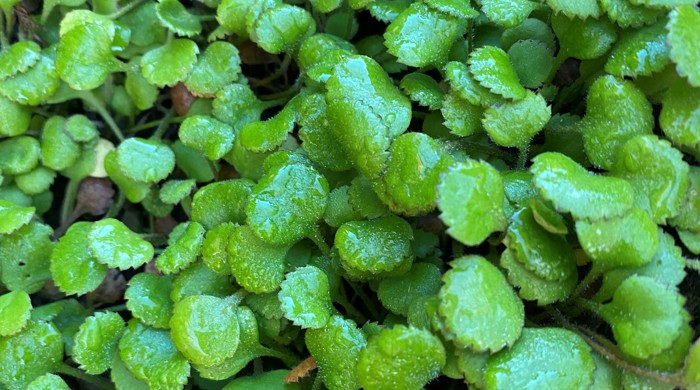
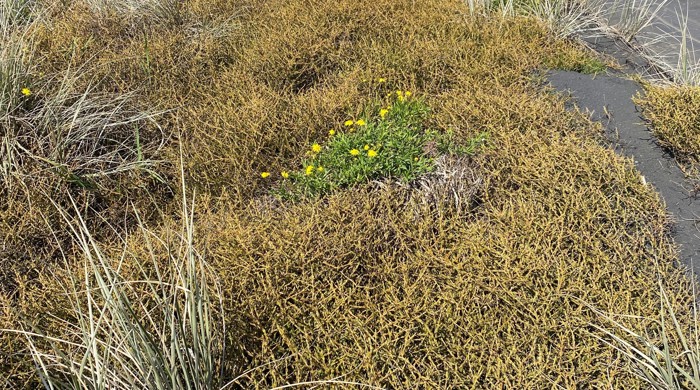
Key threats to plants
The threats to plants are often not what you immediately think of and can be challenging to manage. There are three broad categories that explain the threats to plants.
They are homeless
Urban sprawl and changes to land use have reduced and broken up habitat areas. Natural succession impacts many species as they cannot compete with these changes. Succession can be as a result of both native or exotic species. Changes in climate like temperature and rainfall, and coastal erosion also pose a risk to our plants.
They are under attack
Invasive species can limit growth and reproduction. These can be browsing animals, disease or competition with weeds. Less obvious species include slugs and snails, plant pathogens like myrtle rust and crop diseases. The loss of pollinators like bees impacts a plants ability to reproduce and disperse its seeds.
Lack of appreciation and funding
Compared to other living things, plants are not charismatic like a tūī or takahē. The term ‘plant blindness’ describes how we fail to recognise the importance of plants in our everyday lives. In the environment, plants provide food, shelter and resources for birds, invertebrates and bats.
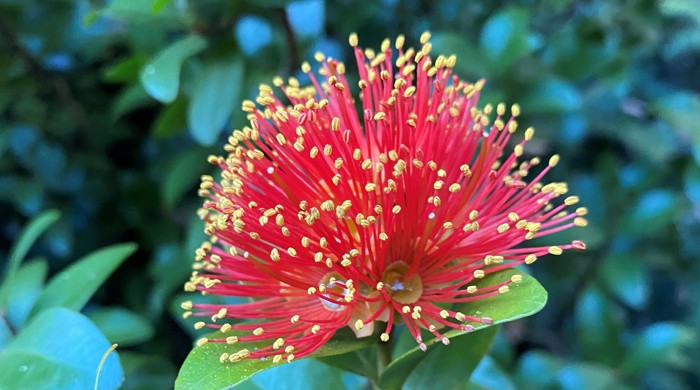
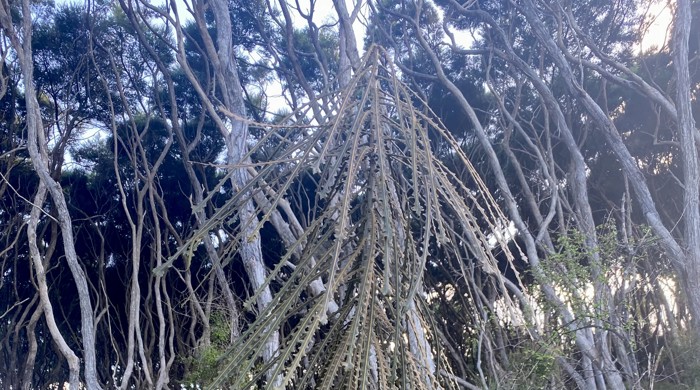
What you can do to protect our native plants
Ensuring our plants have the right habitats to grow is a crucial part of plant conservation. In Tāmaki Makaurau / Auckland, we have many types of ecosystems that provide homes for our plants. Some of these are under threat.
You can support plant conservation by helping to protect and restore ecosystems. To understand the types of ecosystems in your area check:
If you are carrying out plant restoration there are a few key things to consider:
- Mana whenua perspectives – Te Haumanu Taiao: restoring the natural environment in Tāmaki Makaurau provides an overview of this.
- Ensure you are ecosourcing native plants.
- Follow our seed collection guidelines.
- Seek the relevant landowner permission before collecting seeds.
- If you are purchasing plants, try to source from a Plant Pass nursery.
If you have existing natural areas on your property, you might like to consider creating a covenant to protect it. Check Legal protection of land to find out how.
